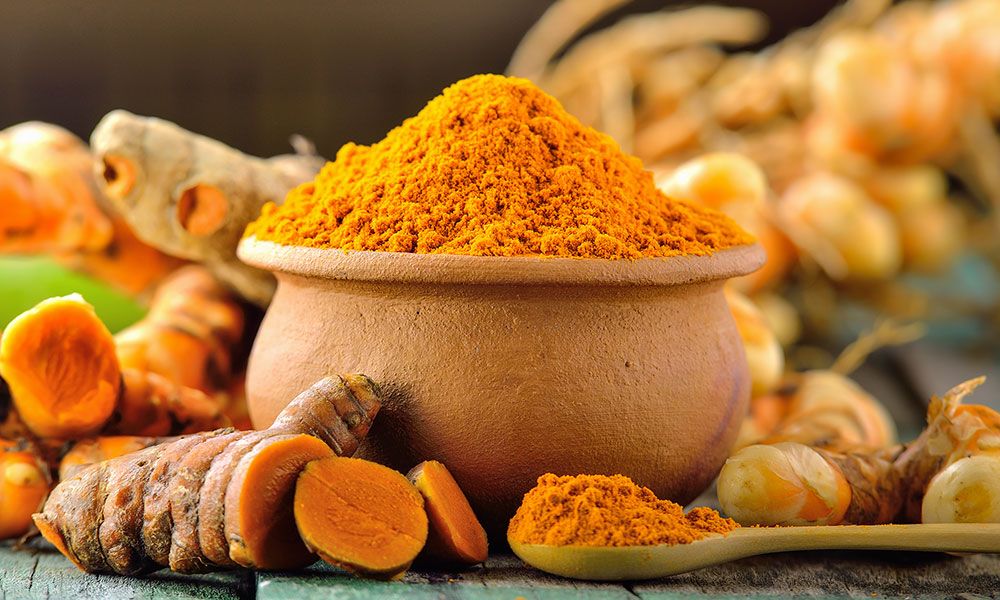Feb. 09, 2022
Curcumin compounds, namely total curcumin, are active ingredients extracted from the rhizomes of Zingiberaceae and Araceae plants, mainly including curcumin, demethoxycurcumin and bis-demethoxycurcumin. The curcumin obtained at present is generally considered to be a mixture of these three components, among which curcumin accounts for 70% of the total curcumin, and is also the main component of curcumin compounds to exert their functions.
The molecular formula of curcumin is C21H206, the molecular weight is 368.37 g/mol, the melting point is 183 °C, and it is crystalline.It is a rare diketone pigment in the plant kingdom, consisting of two ortho-methylated phenols and a β-diketone.
The solubility and stability of curcumin are related to the type of solvent and pH. Curcumin is extremely insoluble in water, but easily soluble in organic solvents. Curcumin is more stable under acidic to neutral conditions. Under alkaline conditions, curcumin is very unstable and easily broken down, giving it a yellow or tan color.

In medicine, curcumin has a wide range of pharmacological effects in anti-tumor, anti-inflammatory, antioxidant, free radical scavenging, anti-microbial and cardiovascular system, digestive system, etc., and its safety is good, but the chemical properties of curcumin The structure is unstable and the metabolic process in the body is extremely fast, resulting in extremely low bioavailability and not widely used in clinical practice.
As a natural yellow acid phenolic pigment, curcumin is widely used and has great potential for development. As a representative of natural pigments, curcumin is safer than synthetic pigments. It is currently one of the seven natural food colors with the largest sales in the world. It is a natural food additive recognized by WHO and FDA. Curcumin is mainly used in food for intestinal tract. Coloring of products, canned food, sauce and brine products, etc.
Previous: Sodium carboxymethyl cellulose
Address
Add: Block 14, No.100, Luyun Road,Changsha 410205,China.
Follow Us
Copyright © Arshine Pharmaceutical Co., Limited All Rights Reserved | SITEMAP Technical Support: 



